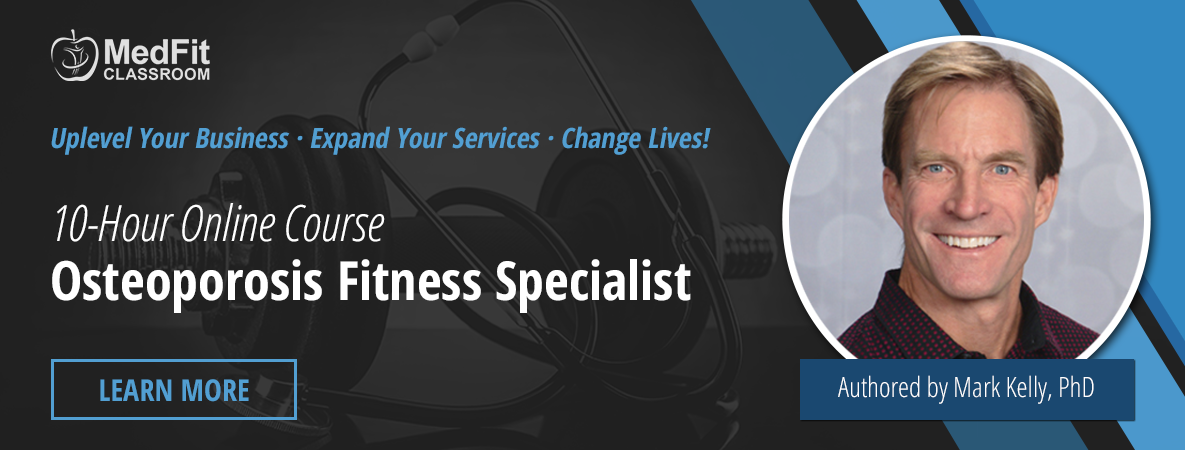The Effect of Stress on Balance
Balance is a critical component to human movement and independence. It is essential to strength train and practice balance exercises on a regular basis. We always talk about age related balance issues but stress is rarely ever mentioned as a risk factor when it comes to balance. It is imperative to visually and physically assess all clients who come to you with acute, severe, or chronic stress. In this article we would talk about age related balance issues and Psychogenic Gait Disorder which is a balance disorder caused by stress and trauma.

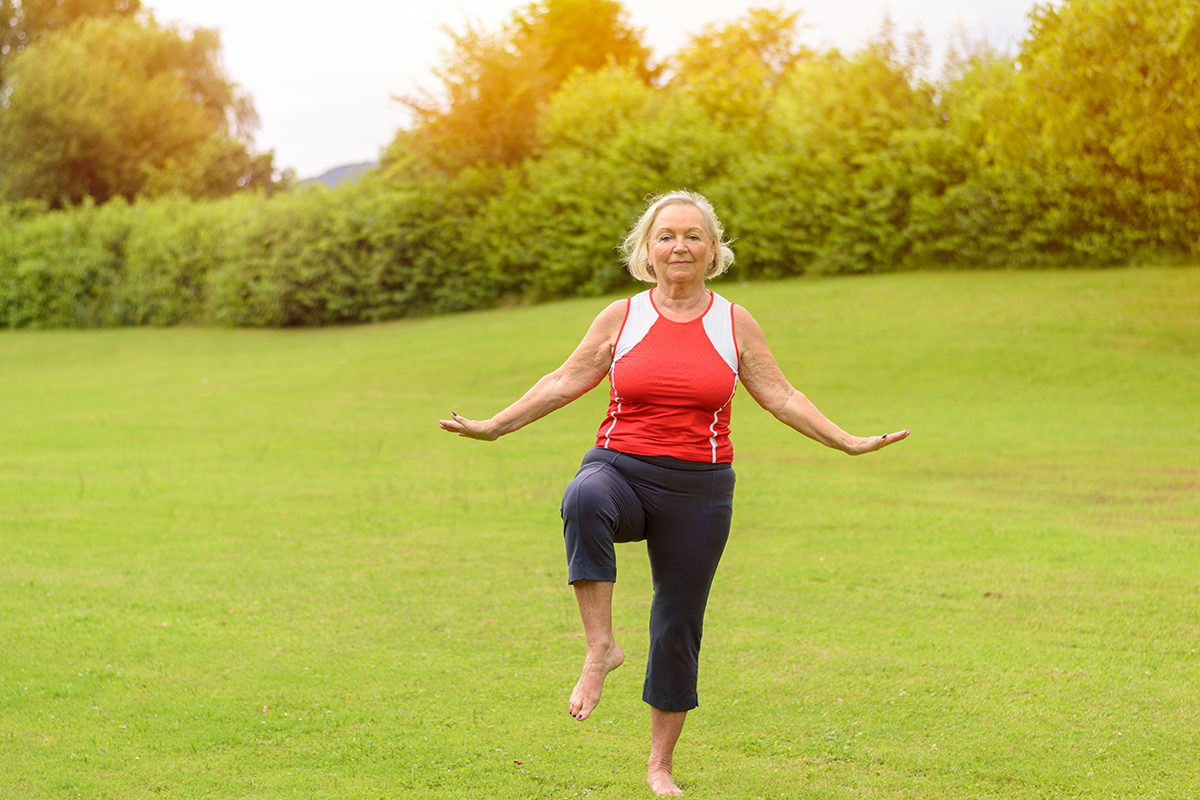
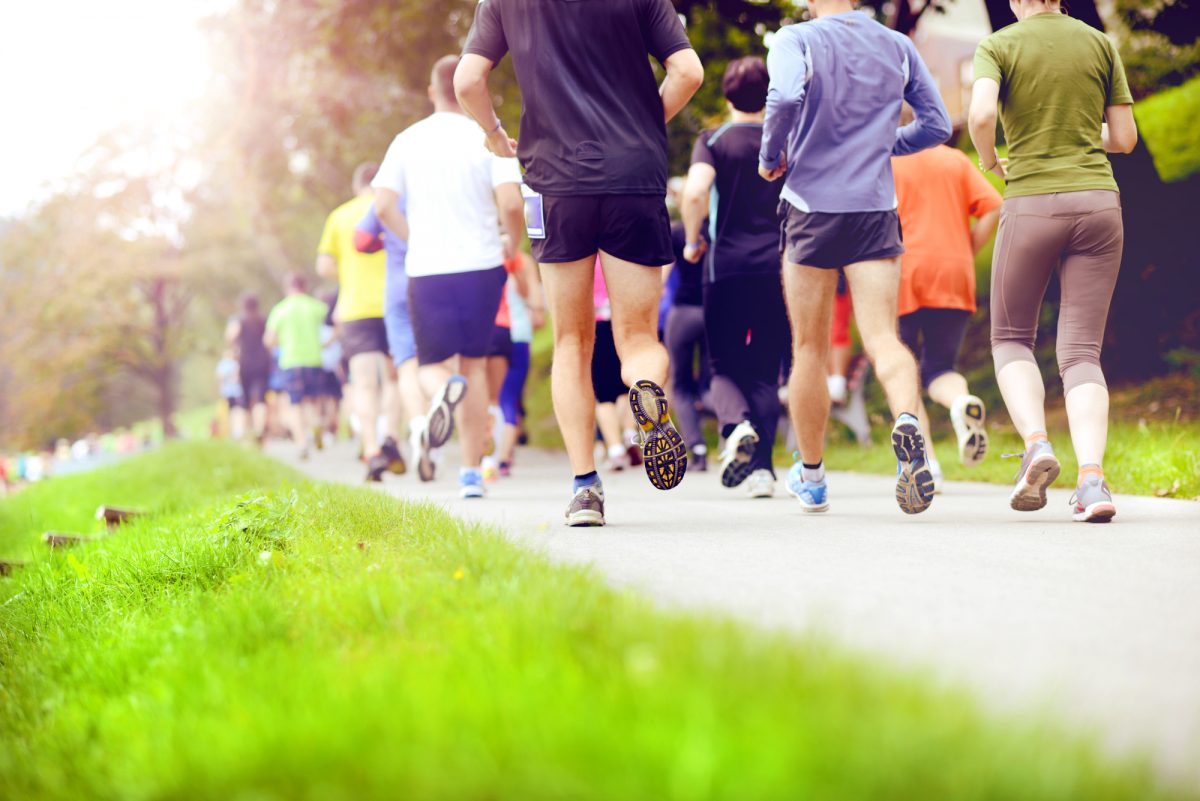
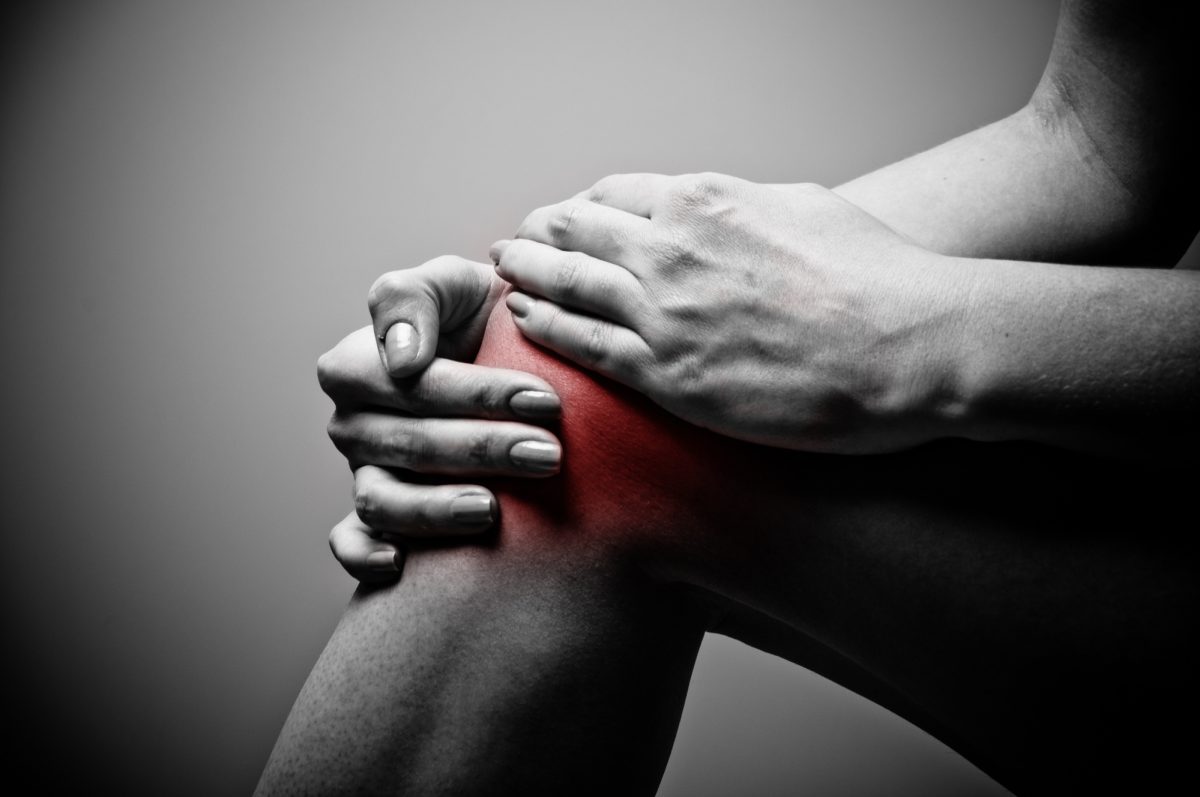



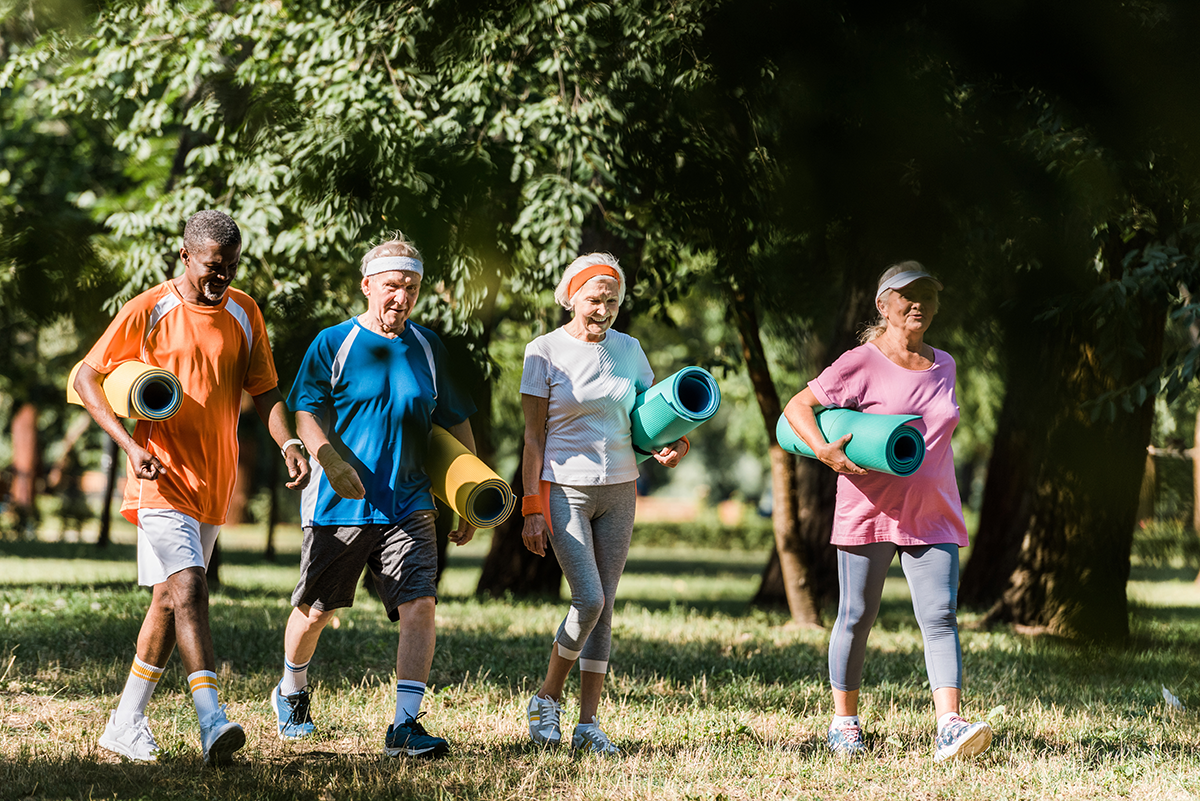
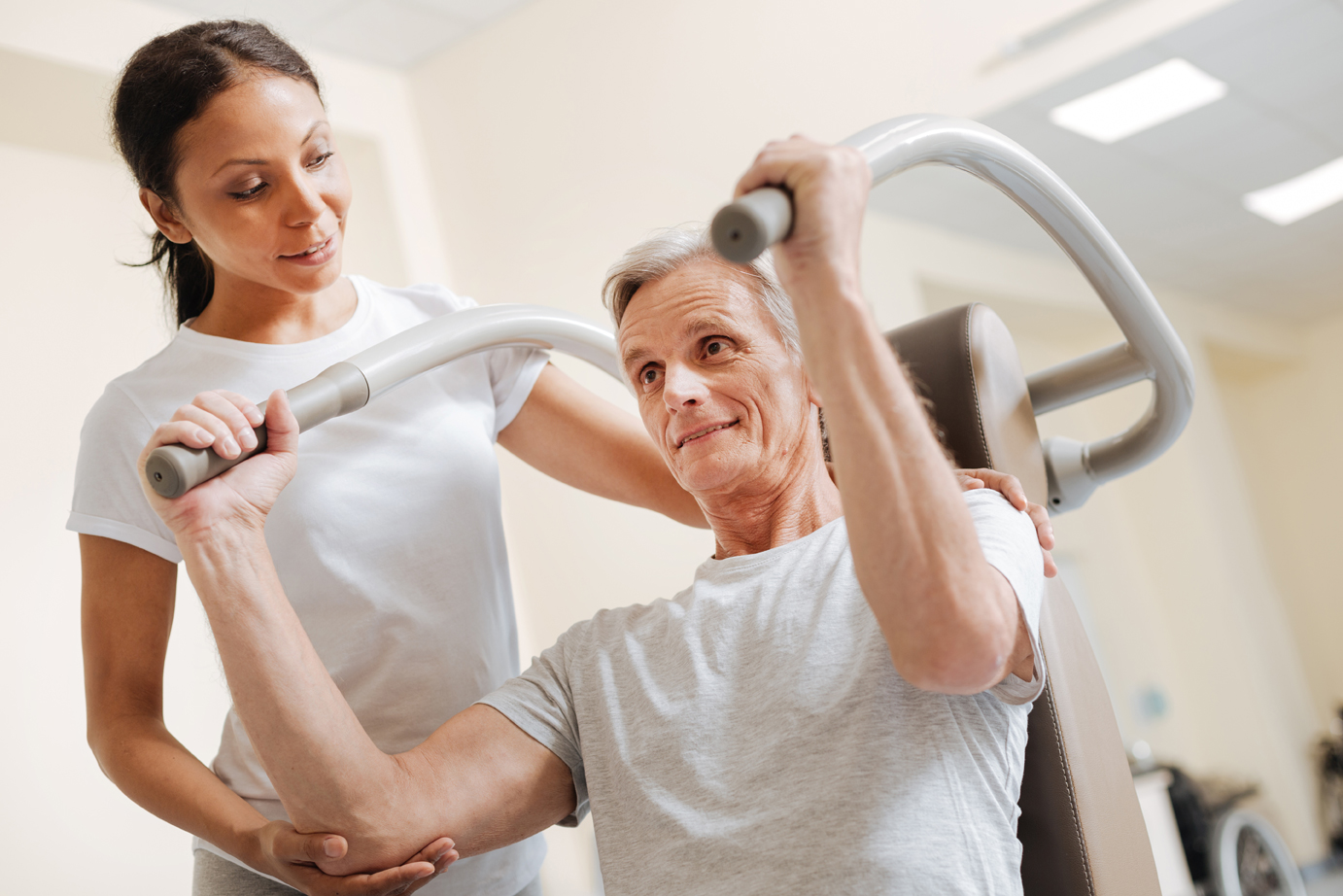
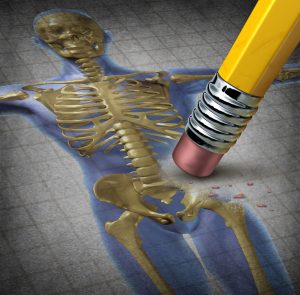 It is a unique course in the fitness world because it is a total turn-key format. It starts in the first module with education on bone anatomy and physiology. It then delves into what osteoporosis and osteopenia are and how our bone mass naturally changes across time. It then goes into some of the mechanisms of how bone adapts to the stresses we put on it as well as the interrelationships between joints, bones and movements and how they can improve or decrease with movement or lack of it.
It is a unique course in the fitness world because it is a total turn-key format. It starts in the first module with education on bone anatomy and physiology. It then delves into what osteoporosis and osteopenia are and how our bone mass naturally changes across time. It then goes into some of the mechanisms of how bone adapts to the stresses we put on it as well as the interrelationships between joints, bones and movements and how they can improve or decrease with movement or lack of it.